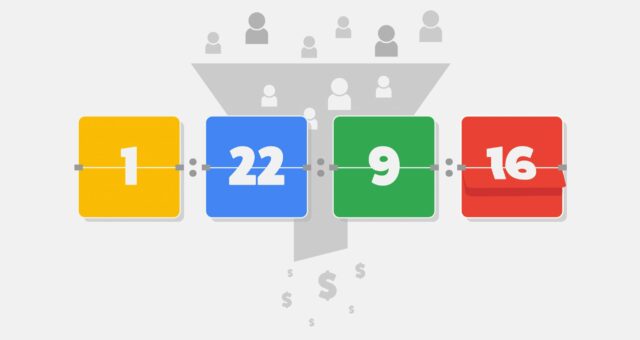How To Setup Google Dynamic Remarketing In Shopify

Dynamic remarketing is a powerful tool in your retargeting toolbox. This tag not only serves ads to users who have previously visited your site, but goes a step further to show ads for the specific products they've viewed. You can use this to tailor specific messages to your audience to entice them to come back and finish buying that product they were interested in. Not sure how to get started on implementing this? Below is a step-by-step guide on how to use this magical piece of code for your Shopify store.
Before you get started you will have to create a Google Merchant Center account and upload a product feed. If you have a large catalog and don't want to manually input all of your listings into Google Sheets, you can download the free "Google Shopping" sales channel in Shopify. This channel will automatically update your feed when you add a new product to your Shopify. When downloaded you have to link your Google account and Google Merchant Center ID and your feed will populate. Once this is complete you can add your dynamic remarketing code to your site.
Before You Start:
- Create a Google Merchant Center account & product feed
- Link Your Google Ads and Google Merchant Center accounts
- Instructions
- Sign in to your Merchant Center account.
- Go to the 3-dot icon drop-down and click Account linking.
- Select Google Ads.
- Enter the Google Ads customer ID of the account you want to link.
- Click Add.
- Sign in to your Google Ads account and approve the link request from Merchant Center.
- Instructions
Step 1: Get Your Global Remarketing Tag
Next, set up your remarketing tag using the new global site tag and optional event snippet. For more information about this new tagging system, you can read this Google Support article. Log into your Google Ads account and click the wrench that says "tools" then go to "audience manager" under Shared Library. On the left-hand side, navigate to "audience sources." Lastly, you'll see the "Google Ads tag" card with a button that says "set up tag." If you already have a tag set up, click "details" on the card and scroll down to the "tag set up" box at the bottom of the page.
Follow the instructions on where to place the global site tag and the event snippet. The event snippet needs to be implemented if you are a "retail" business type.
Note: When you set up your tag, make sure you select "Collect specific attributes or parameters to personalize ads" then select "retail" as your business type and select to track ecomm_prodid, ecomm_pagetype, and ecomm_totalvalue.
Step 2: Placing Your Remarketing Code In Shopify
Once you have your remarketing code, you can paste it into your Shopify template page. To get there, go to the left-hand side and find "Online Store" under Sales Channels.

Then go to "Themes."

Find the "actions" dropdown and click "edit code."

Lastly, make sure you are on "theme.liquid" and you will enter your code just above the /body closing tag.

Step 3: Add Your Dynamic Remarketing Custom Parameters
Next, you need to figure out what your business type is to add custom parameters. If you are using Shopify, you will most likely need the "retail" custom parameters which are listed below. You can find the parameters for multiple business types in the Google Help Center.
- ecomm_prodid*
- ecomm_pagetype**
- ecomm_totalvalue**
*Required
**Recommended
These parameters pull in the specific information for the product when a user visits that page. Customize your event snippet with the three parameters. This code may have to be tweaked slightly based on your shops' information.
Note: This is an example of an event snippet for the product pages and will not work on your site specifically. Follow the first step to receive your snippet.
<!-- Event snippet for Example dynamic remarketing page -->
<script>
gtag('event', 'page_view', {
'send_to': 'AW-XXXXXX',
google_business_vertical : 'retail',
id : '[Google Merchant Center ID]',
ecomm_prodid: 'shopify_US_{{ product.id }}_{{ product.variants.first.id }}',
ecomm_pagetype: 'product',
ecomm_totalvalue: '{{ product.price_min | money_without_currency | remove: ","}}
});
</script>
You can place the event snippet anywhere underneath the Global Remarketing tag.
Test To Make Sure It Works
Download the Tag Assitant chrome extension and navigate to your website. Once on a product page click the tag assistant extension then click "remarketing tag."
![]()
At the bottom of the drop-down, click on "requests."

All your product data should populate in the three custom parameters.

Lastly, you want to click "Remarketing Validation" and enter your Google Merchant Center ID to validate that your products are working.

Once everything checks out, you have officially added your dynamic remarketing tag! To double check your work, you can wait 48 hours and check your dynamic remarketing campaigns "overview" in Google Ads. "Status review" will let you know if your parameters are being pulled in properly. If you have any problems with customizing your dynamic remarketing code, contact customer support or work with a developer for further assistance.
I hope this article helped anyone struggling with getting their dynamic remarketing tag on Shopify.




















